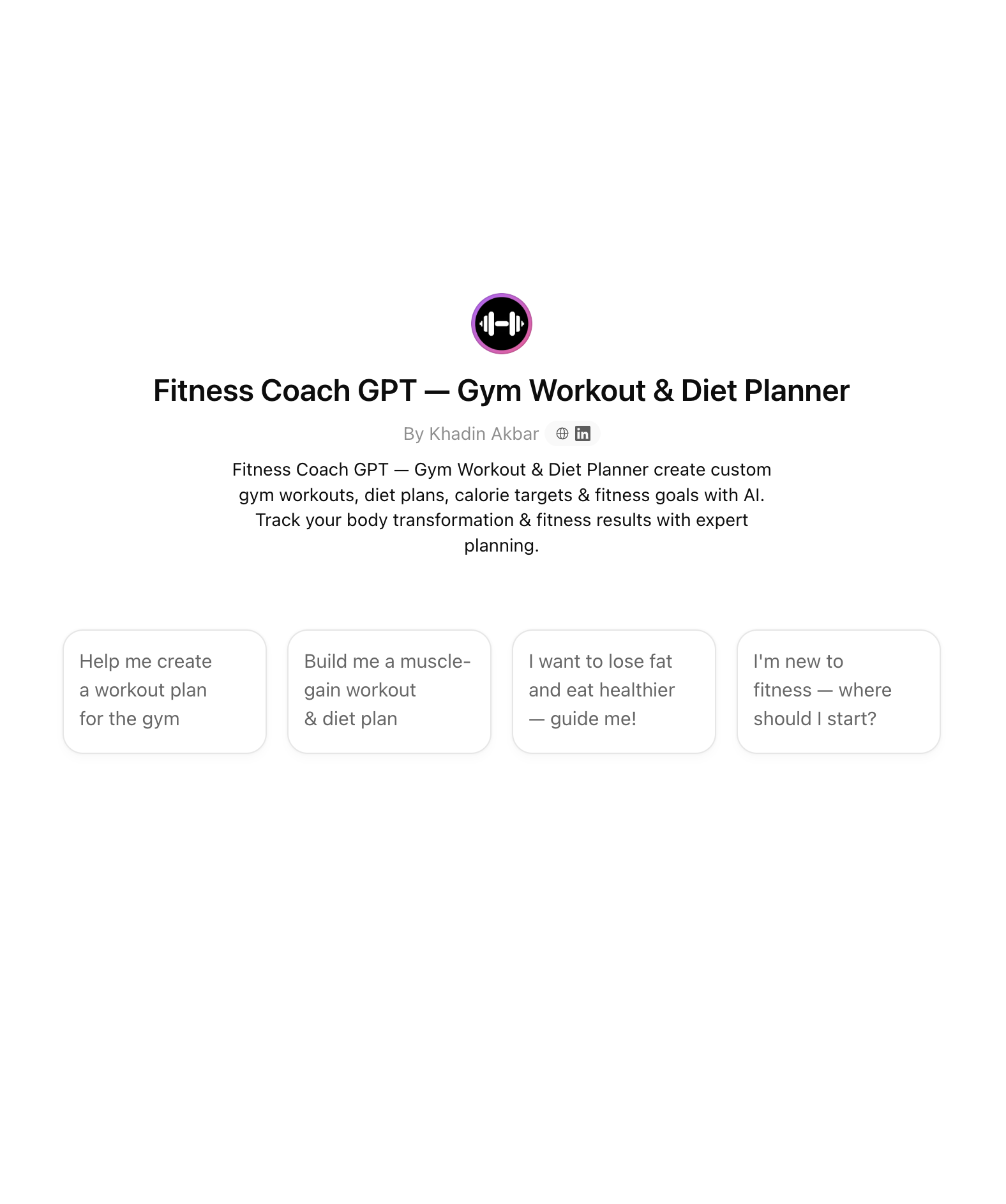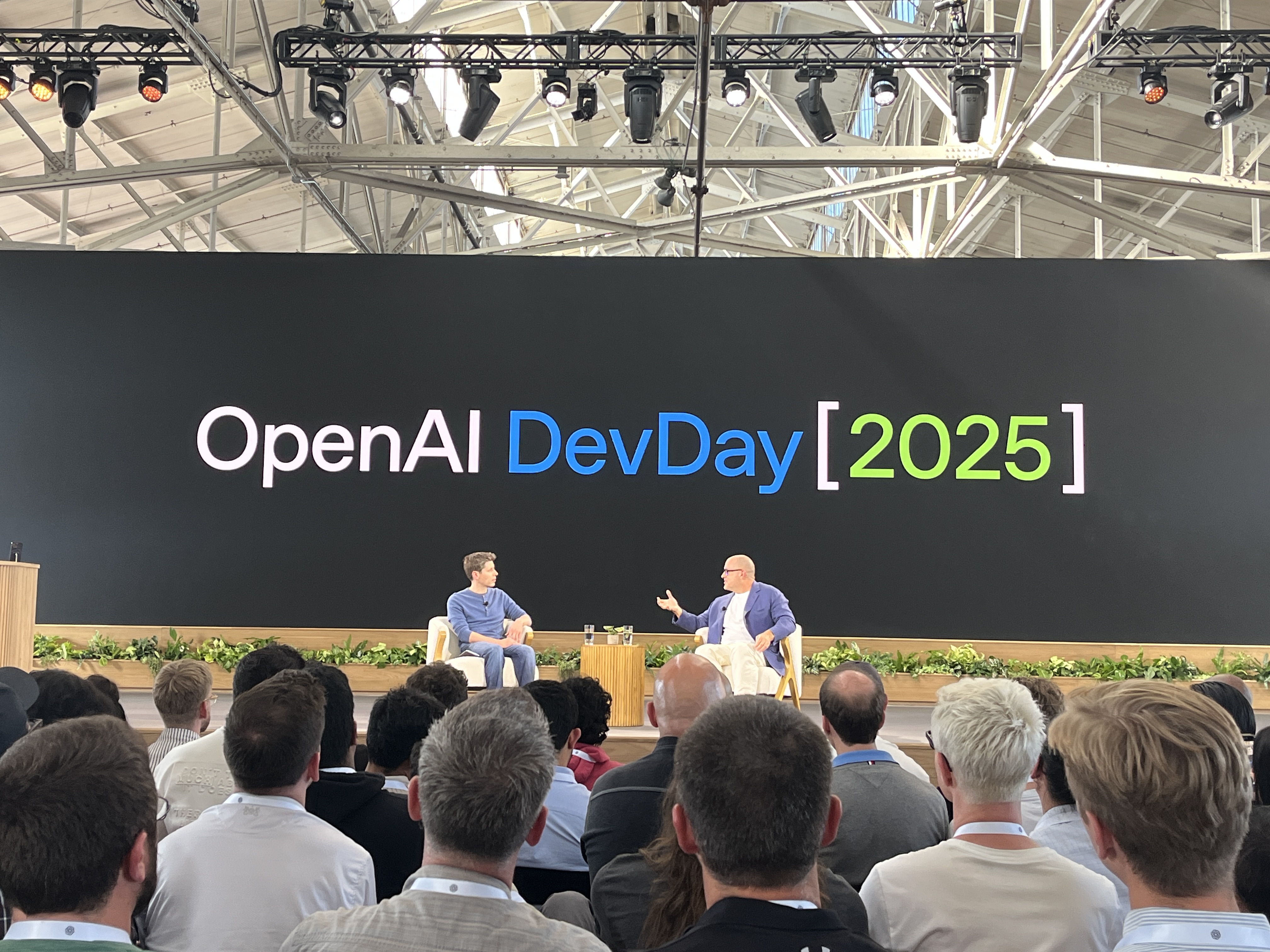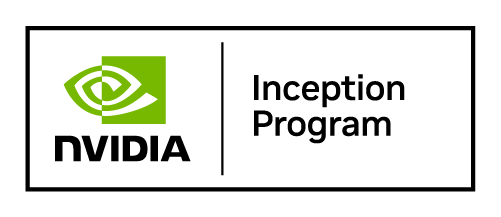We are running a three-part series to help you increase your chat count without paying for ads:
- part 1 — user acquisition by capturing inbound traffic
- part 2 — user acquisition through outbound marketing
- part 3 — user retention by keeping users coming back
The north star metric for most GPT builders is simply chat count. The more, the better. But how do you increase your chat count? You need lots of users, and have them regularly use your custom GPT.
The lowest hanging fruit is to maximise traffic from people who are already GPT Store users who are actively searching for a custom GPT to use. Specifically, you need to make sure that when someone types in a relevant search term, your GPT shows up ‘above the fold’ i.e. top 10 results.
For example, if you have a GPT that helps people on the keto diet with recipe inspiration, it’s crucial that when someone searches for ‘keto recipes’ in the GPT Store search bar, they find your GPT.

If your GPT ranks #11 to #20 for ‘keto recipes’, that means you show up ‘below the fold’ i.e. they have to scroll down and click ‘see more’. And if the user has to click ‘see more’ for a third time, or indeed, does not show up in search results of any keyword at all, then you can forget about getting organic inbound traffic at all.
1. Track keywords
A surprising number of GPT builders simply assume that users will magically find their GPT in the Open AI Store. But you don’t need to assume (after all, you know what they say about assuming things…), you can find out by keeping track of the search keywords you rank against.
You can see this data on your GPT Wallets Dashboard. Select one of your GPTs on the left hand side bar and click ‘Search Rank’ to see keyword details. As you can see, the Books of Colour GPT shows up as 5th search result when the user types in ‘books’.
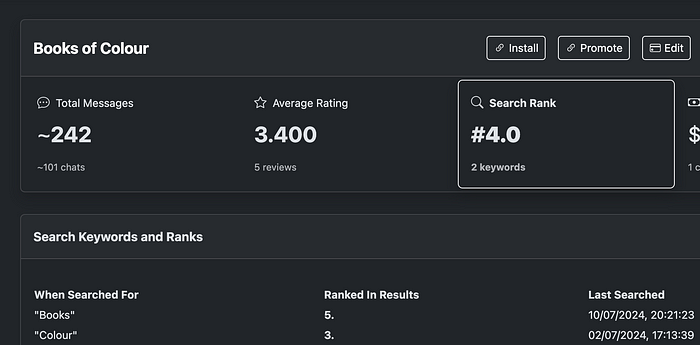
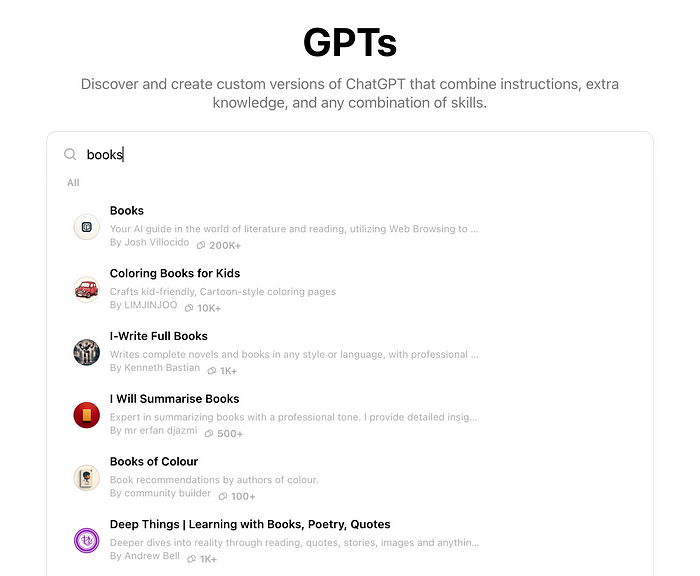
2. Target keywords
Be intentional about what keywords you want to rank above the fold for. Think about who your target user is, and what they might be searching for, and try to target that.
For example, it would be ideal for The Sommelier GPT which says in the description is an ‘expert in wine selection, pairing, and recommendations’ with 1K+ chats, to rank for keywords like ‘wine pairing’ and ‘wine recommendation’.
If your GPT doesn’t rank for your target keywords, do some research and see what does make it into the top 10, and see what you can do to get your GPT above theirs.
So let’s return to The Sommelier GPT. If you search for ‘wine pairing’, you will see barely used GPTs (they all have fewer then 10 chats!)
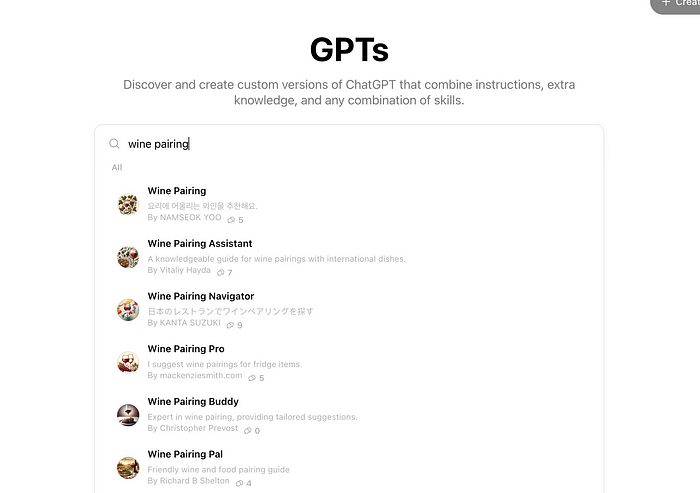
3. Add keywords to GPT name
What is a builder to do when their higher quality, higher chat, just as relevant GPT is ranking below other barely used GPTs?
It should be evident by now that the Open AI search algorithm assesses relevancy almost exclusively by checking the GPT name, rather than any contextual understanding of what the GPT does from the description or conversation starter.
We highly recommend you add your target keywords (yes, add multiple!) into the GPT name itself. An SEO-optimised name for ‘The Sommelier’ might be ‘The Sommelier: A Wine Recommendation & Wine Pairing Companion’ to hit more relevant keywords the target user might type into the search bar.
What about if you want to have a cute name for branding perspective? The Infinite Jester GPT describes itself as ‘a sad clown ideation and image generation engine’ and yet, clever David Foster Wallace reference aside, it ranks below a GPT called ‘Crown Of Thorns meaning?’ with 0 chats.
Crown of Thorns is utterly irrelevant, but there is presumably some fuzzy logic at work picking up ‘crown’ when the user has entered the search keyword ‘clown’. That’s how much the GPT name matters.
We don’t wish to kill your joy. Have fun naming your GPTs, just make sure you also include searchable keywords into the name to improve the odds of more inbound traffic.
4. Scalable logos — keep it simple
Logos aren’t going to get you higher in search result rankings, but once you make it into the top ten, it can help increase click-through if you have a simple and visually appealing logo that makes your GPT stand out from the other nine.
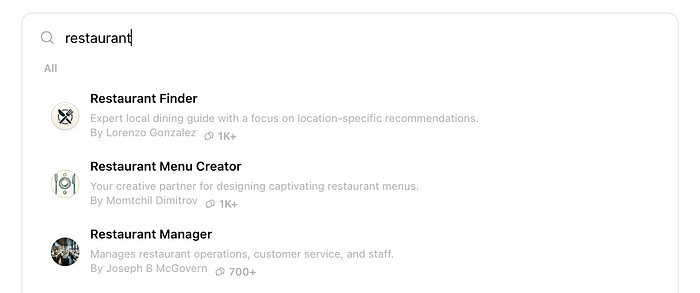
The logos show up very small in the search results, so when developing the logo, think about how it looks at this small scale. Avoid intricate lines and text, and pick bright, eye-catching colours instead. For further advice, research best practices of creating favicons, which face the same constraints.
5. Don’t worry too much about chat count and ratings
Surely chat count is important to rank higher in search results? Not necessarily.
Firstly, it introduces a chicken and egg problem. Why fret about increasing chat count to improve SEO, when the whole point of improving SEO is to improve chat count? You’ll tie yourself in knots and get nowhere.
Secondly, how the GPT Store search algorithm factors in chat count is not obvious. Generally, higher chat counts do show up as the first few results, but it is possible to be shown above a GPT with a much higher chat count in the rankings, even when both seem relevant.
.svg)


